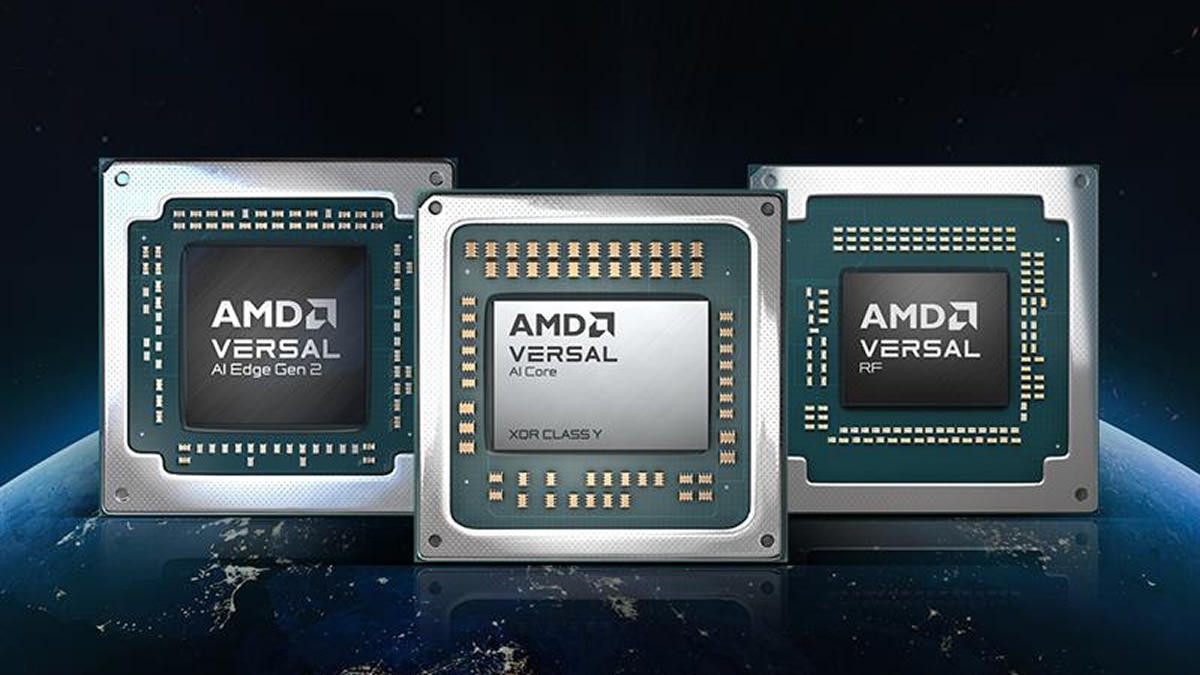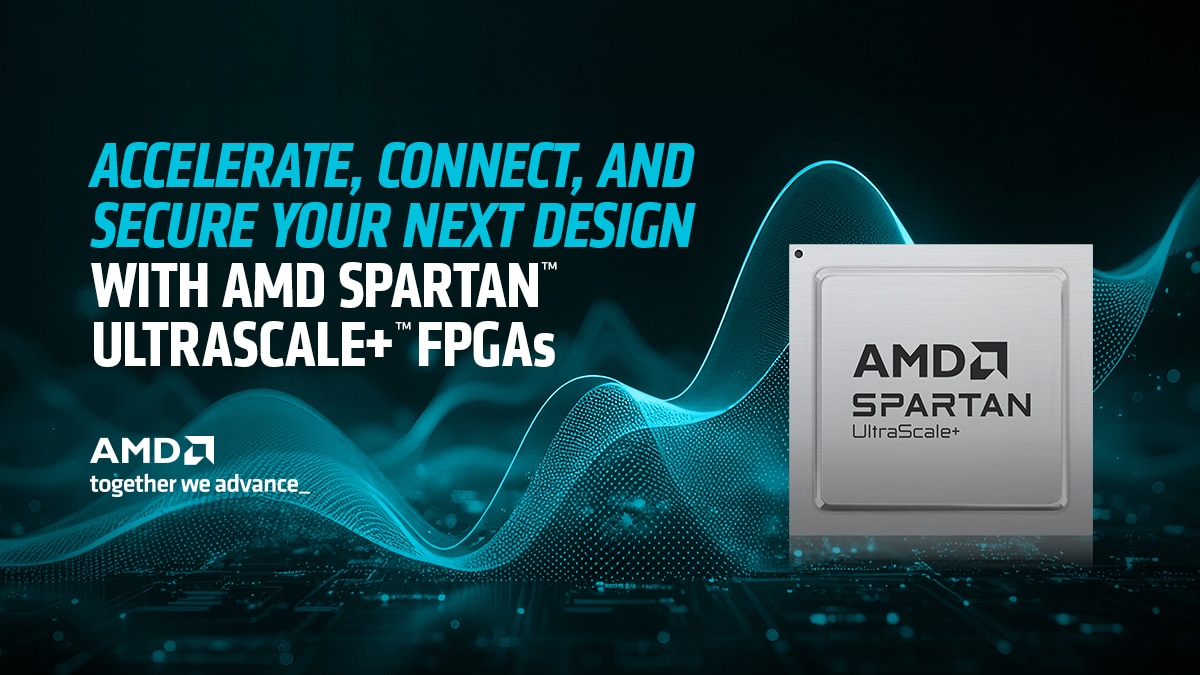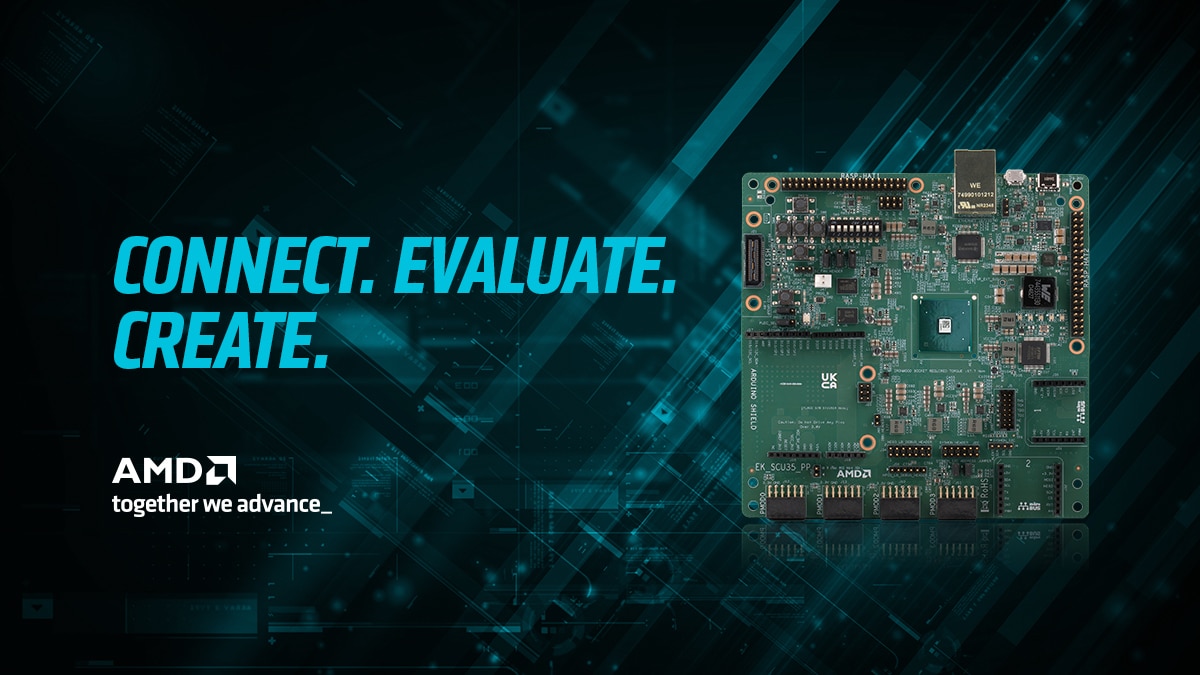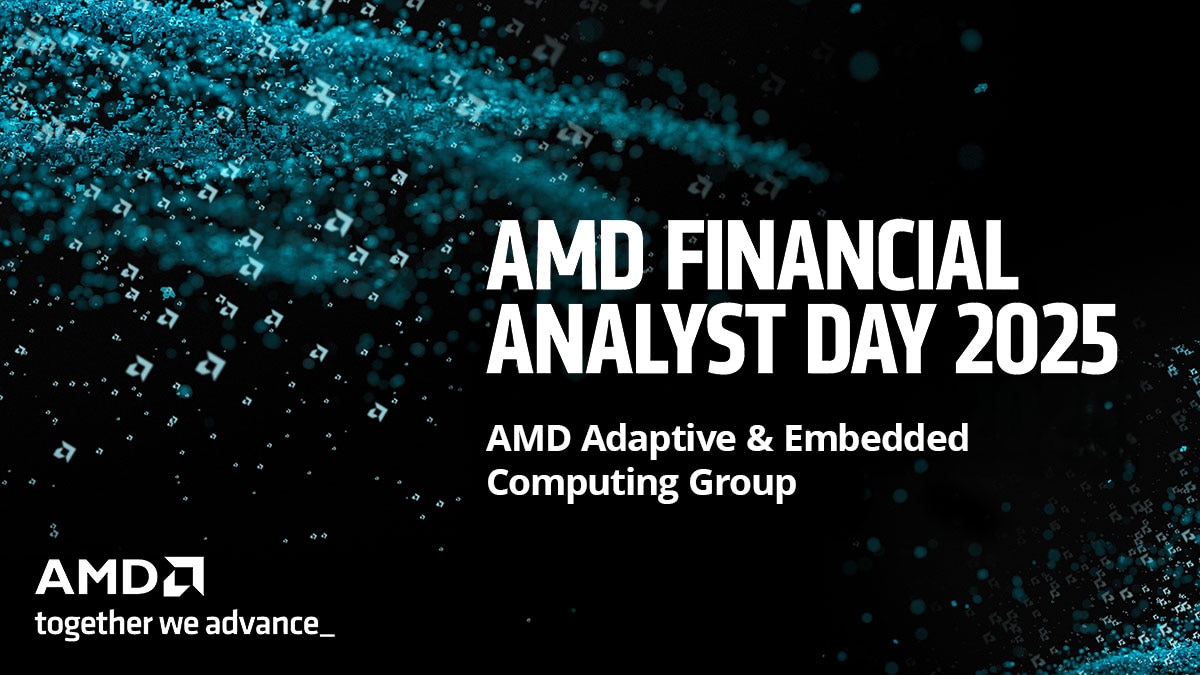AMD Expands Space-Grade Portfolio, Enhances In-Orbit Processing Capability and Extends Mission Timelines
Nov 17, 2025

News Snapshot:
- Expanding space-grade adaptive system-on-chip (SoC) portfolio and qualifying advanced new space-grade, organic lidless packaging technology designed to endure the most demanding conditions of space.
- AMD is qualifying this enhanced space grade packaging for the Versal™ AI Core XQRVC1902 adaptive SoC, targeting the Class Y standard for extended spaceflight missions up to 15 years.
- AMD will extend its space-grade portfolio with the additions of Versal RF Series and Versal AI Edge Series Gen 2 adaptive SoCs, targeted for Class B and Y qualifications. The latter devices feature a 10x increase in scalar compute1 for post-processing and data management in space.
Engineering for the Edge of Possibility
At AMD, we push the limits of innovation—on Earth and beyond.
We have developed an enhanced space-grade organic lidless package for the Versal AI Core XQRVC1902 adaptive SoC and are seeking Class Y qualification. This new packaging will support missions for up to 15 years, offering a robust foundation for geosynchronous satellites, lunar exploration, and deep-space probes.
Space missions can last more than a decade, demanding robust reliability. AMD enhanced packaging technologies are engineered to thrive in that challenging environment, with a lidless design improving thermal performance.
We are also qualifying space-grade packaging for our Versal RF (VR1602 and VR1652) and Versal AI Edge Gen 2 (2VE3858 and 2VE3558) adaptive SoCs, seeking Class B and Class Y qualifications.
Class B and Class Y qualification are derived from the US military specification MIL-PRF-38535 that determines the readiness of chips for the toughest high reliability applications like outer space across multiple areas including performance, reliability, and quality.
- Class B qualification is intended for missions where high performance and reliability are required but cost and schedule efficiency are balanced, such as in low Earth orbit or shorter-duration missions.
- Class Y qualification represents the highest level of spaceflight assurance, with extended testing, screening, and documentation standards to ensure maximum reliability for long-duration or deep-space missions.
“By combining proven adaptive technology with advanced packaging, we’re helping enable our customers to innovate faster to transform the future of space systems,” said Ken O’Neill, Space Architect, AMD. “These new space-rated devices extend our leadership in adaptive computing, combining unmatched functional integration, high-performance computing, and long-term reliability for the next generation of orbital, deep space, and exploration missions.”
Transforming Aerospace System Design
AMD space-grade adaptive SoCs are redefining what’s possible in aerospace design.
- The Versal AI Core XQRVC1902 is targeted for on-board processing payload applications with a dramatic increase in compute density for vector-based algorithms, system logic cells, on-board SRAM and multi-gigabit transceivers as compared to previous space devices.
- The Versal RF family integrates high-speed RF converters, dedicated signal-processing blocks, and programmable logic into two monolithic devices which will be space-qualified, allowing engineers to consolidate RF functions that once required multiple chips.
- Lastly, the Versal AI Edge Series Gen 2 family contains Arm Cortex-A78AE and R52 processors with next-generation AI Engines (AIE-ML v2) that can enable real-time AI inference, data management, and on-board decision-making.
Together, these platforms bring system-level functionality previously reserved for custom hardware into accessible, flexible SoCs – offering aerospace designers a set of adaptable, high-performing, off-the-shelf solutions that help reduce program risk, lower cost, and accelerate deployment timelines
Breakthrough Integration for Space Applications
These adaptive SoCs combine scalar compute and AI acceleration in ways never before possible in a space-qualified device.
The Versal AI Edge Series Gen 2 XQR family, for example, leverages the commercial family, which is designed to offer up to 184 TOPS of AI acceleration, over 500K LUTs of programmable logic and a 10x increase in scalar compute1 of up to 200K DMIPS for post-processing and data management in space – all in a radiation-tolerant, flight-qualified device.
This level of integration allows designers to replace complex multi-chip architectures or costly custom ASICs—often exceeding $100M in development cost—with a single, adaptable solution that’s faster to design and qualify for flight.
Powering the Next Era of Space Innovation
With these advancements, AMD reinforces its commitment to delivering reliable, high-performance, and scalable adaptive compute solutions for the aerospace community. Whether for government missions, commercial satellite networks, private exploration initiatives, or civilian and scientific research programs, our space-grade adaptive SoCs provide the foundation for innovation that reaches far beyond Earth.
Looking ahead, the AMD space packaging and qualification roadmap extends across multiple generations of adaptive SoCs. Sampling for the Versal AI Core XQR VC1902 is expected to begin in 2026, with flight-qualified units available in 2027. Space-qualified versions of the Versal RF series and Versal AI Edge Series Gen 2 families are expected to follow in 2029—ensuring a continuous evolution of compute and AI capability for future missions.
This roadmap empowers customers to plan the future, today—integrating next-generation space-qualified devices into proposals and designs that will define the next decade of innovation in spaceflight, missions and research.
Footnotes
- For informational purposes only. Commercial application performance may be higher than space application performance.
Based on the projected combined total DMIPs of the Versal AI Edge Series Gen 2 and Versal Prime Series Gen 2 processing systems when configured with 8 Arm Cortex-A78AE applications cores @2.2 GHz and 10 Arm Cortex-R52 real-time cores @1.05 GHz, compared to the published combined total DMIPs of the processing systems in the first generation Versal AI Edge Series and Versal Prime Series. Versal AI Edge Series Gen 2 and Prime Series Gen 2 operating conditions: Highest available speed grade, 0.88V PS operating voltage, split-mode operation, maximum supported operating frequency. First generation Versal AI Edge Series and Prime Series operating conditions: Highest available speed grade, 0.88V PS operating voltage, maximum supported operating frequency. Actual DMIPs performance will vary when final products are released in market. VER-027
- For informational purposes only. Commercial application performance may be higher than space application performance.
Based on the projected combined total DMIPs of the Versal AI Edge Series Gen 2 and Versal Prime Series Gen 2 processing systems when configured with 8 Arm Cortex-A78AE applications cores @2.2 GHz and 10 Arm Cortex-R52 real-time cores @1.05 GHz, compared to the published combined total DMIPs of the processing systems in the first generation Versal AI Edge Series and Versal Prime Series. Versal AI Edge Series Gen 2 and Prime Series Gen 2 operating conditions: Highest available speed grade, 0.88V PS operating voltage, split-mode operation, maximum supported operating frequency. First generation Versal AI Edge Series and Prime Series operating conditions: Highest available speed grade, 0.88V PS operating voltage, maximum supported operating frequency. Actual DMIPs performance will vary when final products are released in market. VER-027









